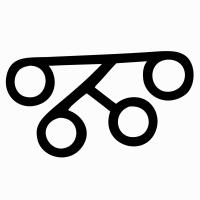bookmarks (hide)4
- This paper uses macrolevel bibliometric indicators to compare results obtained from theWoS and Scopus. It shows that the correlations between the measures obtained with both databases for the number of papers and the number of citations received by countries, as well as for their ranks, are extremely high.
- In this post, we provide empirical insights into the value of Crossref as a new source of citation data. We compare Crossref with WoS and Scopus, focusing on the citation data that is available in the different data sources. Our analysis will show that more than three-quarters of the references in WoS and more than two-thirds of the Scopus references can be found in Crossref, with about half of these references being openly available. On the other hand, it will also be shown that millions of references are missing in Crossref. These references occur in publications that have been deposited in Crossref without their references.
- Web of Science, Scopus i Google Scholar najveće su, multidisciplinarno orijentirane citatne baze podataka koje, osim za pretraživanje literature, služe i kao analitički instrumentarij za vrednovanje znanstvenog odjeka autora i...
- Tri su najpopularnije citatne baze podataka danas Web of Science (WoS), Scopus i Google Scholar (GS). GS je za razliku od WoS-a i Scopusa slobodno dostupan. Uspoređujući te tri citatne baze podataka treba reći da WoS i Scopus imaju...
publications (hide)3
- (2006)
- CoRR, (2013)
- (2021)
